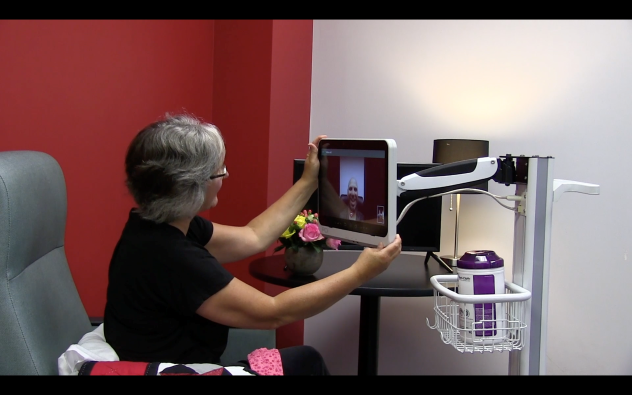Inefficient Primary Care Has Higher ACO Costs
In any situation, healthcare is not cheap. This isn’t a surprise. Doctors, nurse practitioners, nurses, specialists and everyone involved in...

Acute or post-acute hospitals, infusion centers, primary care providers offices: no matter what healthcare setting you think of, continuity of care is important. Patients deserve a continuous, high-quality healthcare experience no matter where they are in their healthcare journey. Continuity of care can even impact patient outcomes in the long term.
Primary healthcare is made up of the first people a patient interacts with when they have a health concern. This includes a general practitioner (often referred to as a primary care doctor, surprise, surprise!), nurses and pharmacists. These are the people who walk with patients through preventative care, any long term health problems and regular, ongoing care.
Some people think it’s a good idea to have two primary care doctors, in case they want a second opinion on something. In general, this practice is unnecessary. Times when patients would need a second opinion are uncommon, and they typically would involve seeing some sort of specialist, rather than simply a primary care doctor.
That said, any patient should feel empowered in their care journey to ask for additional education and another opinion if they so choose.
In an ideal world, a baby would go to a pediatrician and continue to see that doctor until they age-out of the practice. Then, as an adult, they’d find a primary care physician and any other physicians, like a women’s health provider, and continue to see them forever. Unfortunately, the world rarely works that way.
However, there are ways to conserve long term continuity of care, even if patients change providers throughout their life.
First of all, many providers practice in an office that has multiple physicians on staff. This is the easiest way to ensure continuous care if a particular provider is ill, on vacation or even retires. The rest of the staff at the office likely already knows the patient, and there’s another well-qualified physician or nurse practitioner able to step in and see the patient.
However, if a patient needs to change practices for any reason, ensuring the continuity of care can be difficult but not impossible. Thanks to modern technology, chances are high that a patient’s records are in some sort of electronic health records system.
Those records can be transferred to the patient’s new practice so the physicians there have the patient’s medical history in front of them. This is especially convenient if a patient moves and is working on re-establishing their care team.
If a primary care physician recommends that their patient goes to see a specialist or goes to the hospital for a medical emergency, they need to ensure continuous, quality care through the transition. This can look like delivering a quality report to the accepting nurse or physician at the hospital, or it can involve sending relevant medical records to the specialist.
No matter the situation, the quality of care, and often the patient experience, will depend on the continuity of care the patient receives.
Healthcare providers have so much to remember, handle and process on a daily basis. It can be easy to let things like continuity of care slip.
It’s important that parts of the patient experience are not forgotten.
They can make a big difference, both to the patient and their loved ones. Ensure that providers at your facility are focused on the important things, and not on little inefficiencies that could be costing money.

In any situation, healthcare is not cheap. This isn’t a surprise. Doctors, nurse practitioners, nurses, specialists and everyone involved in...

Healthcare providers know how important a safe, great experience is for patients and their overall satisfaction. Providers are often looking for new...

Achieving a balance between delivering an exceptional patient experience and managing budget constraints is an ongoing challenge in the healthcare...